-
 © John Bradshaw/Classic & Sports Car
© John Bradshaw/Classic & Sports Car -
 © Tony Baker/Classic & Sports Car
© Tony Baker/Classic & Sports Car -
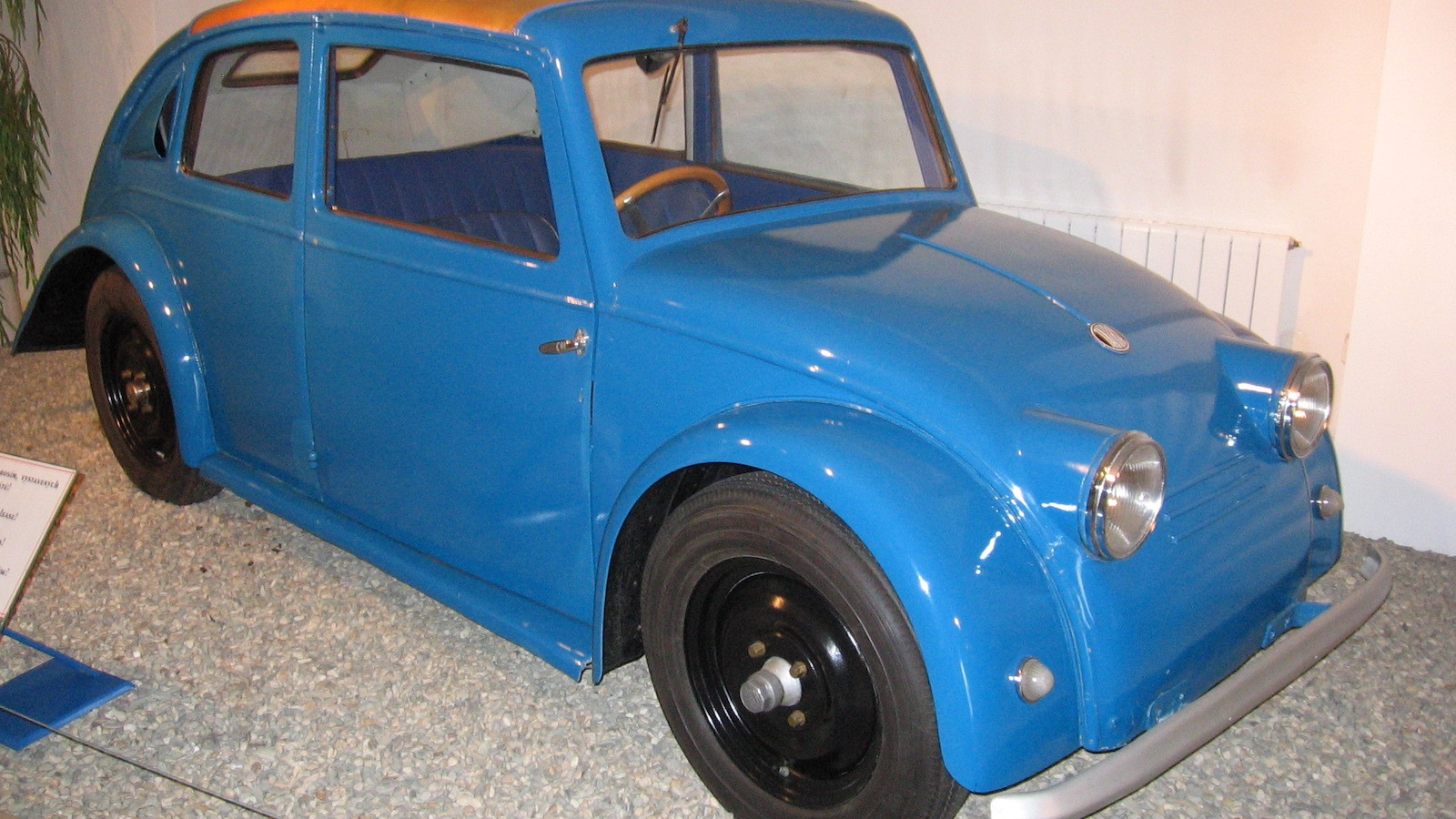 © Creative Commons/Dr Killer
© Creative Commons/Dr Killer -
 © Tony Baker/Classic & Sports Car
© Tony Baker/Classic & Sports Car -
 © Porsche Cars GB
© Porsche Cars GB -
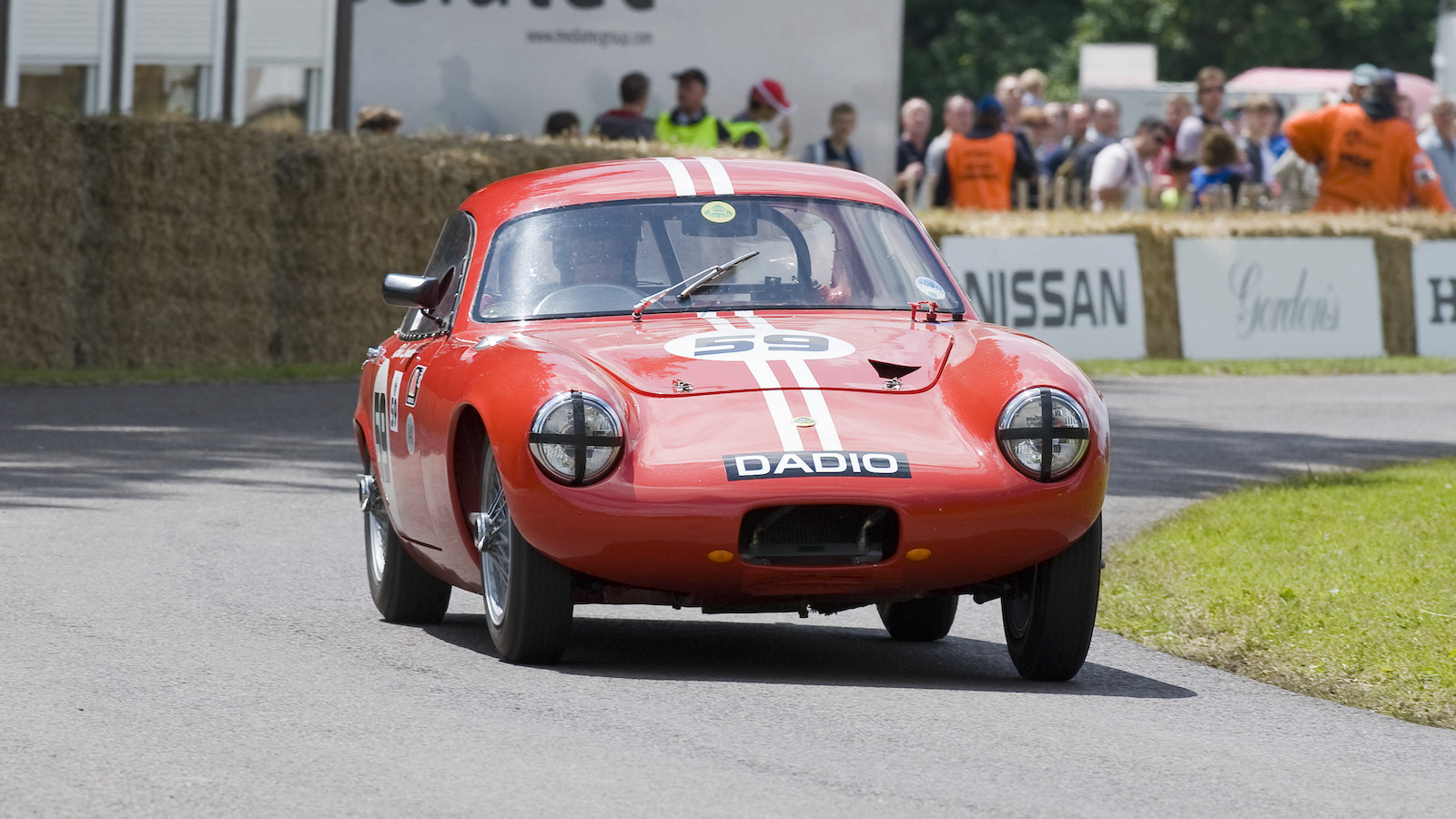 © Lotus Cars
© Lotus Cars -
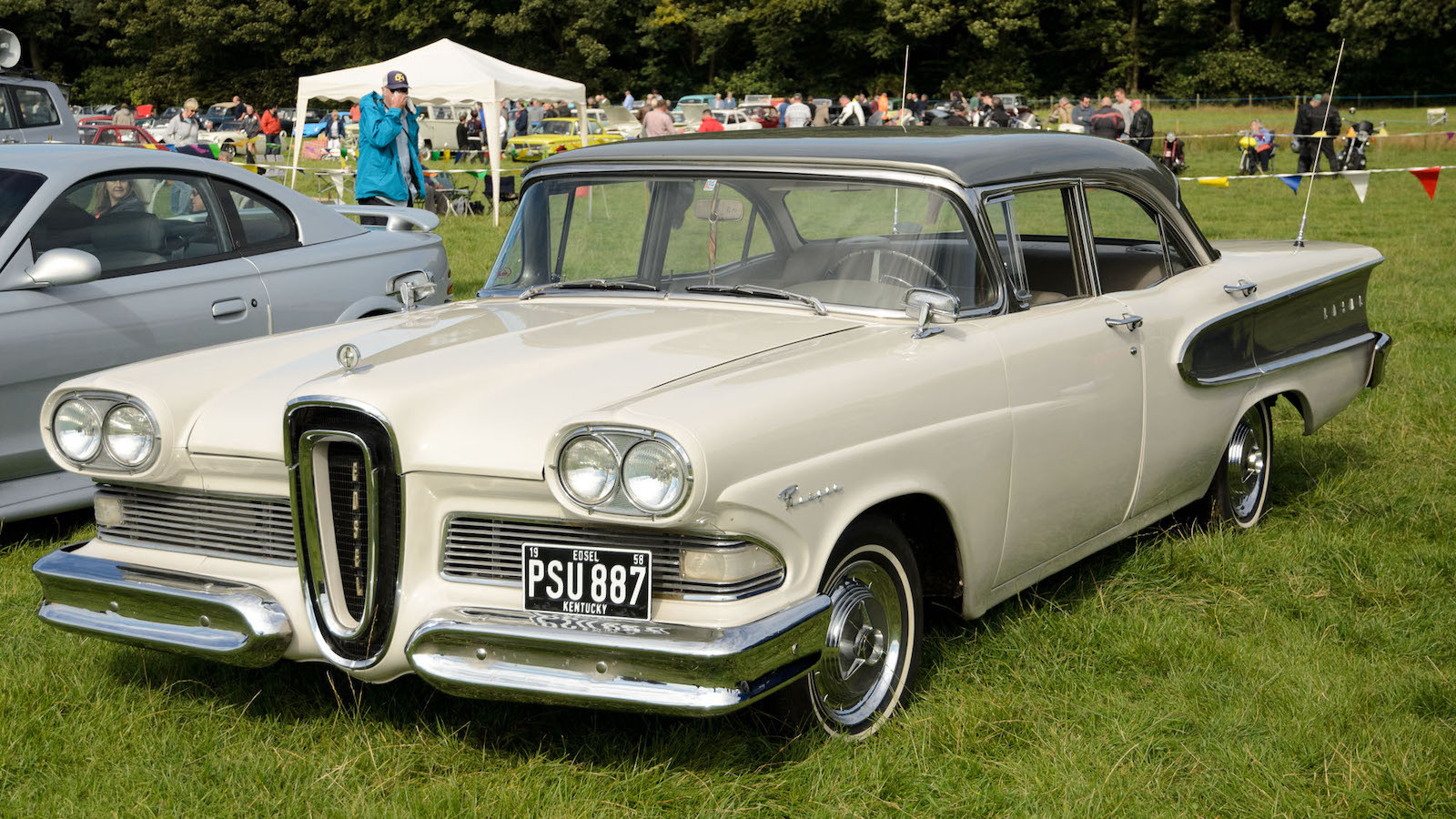 © Creative Commons/SG2012
© Creative Commons/SG2012 -
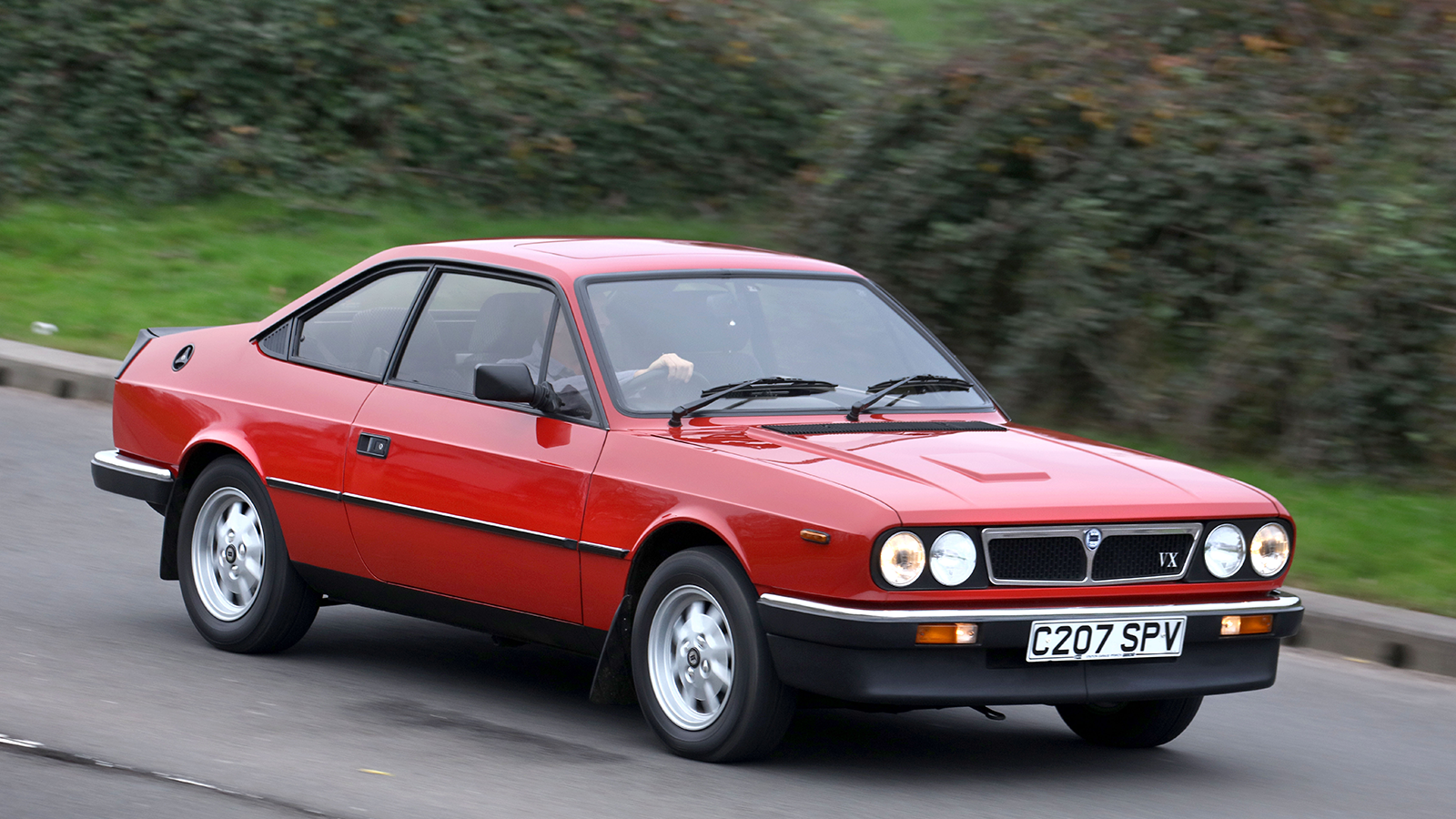 © James Mann/Classic & Sports Car
© James Mann/Classic & Sports Car -
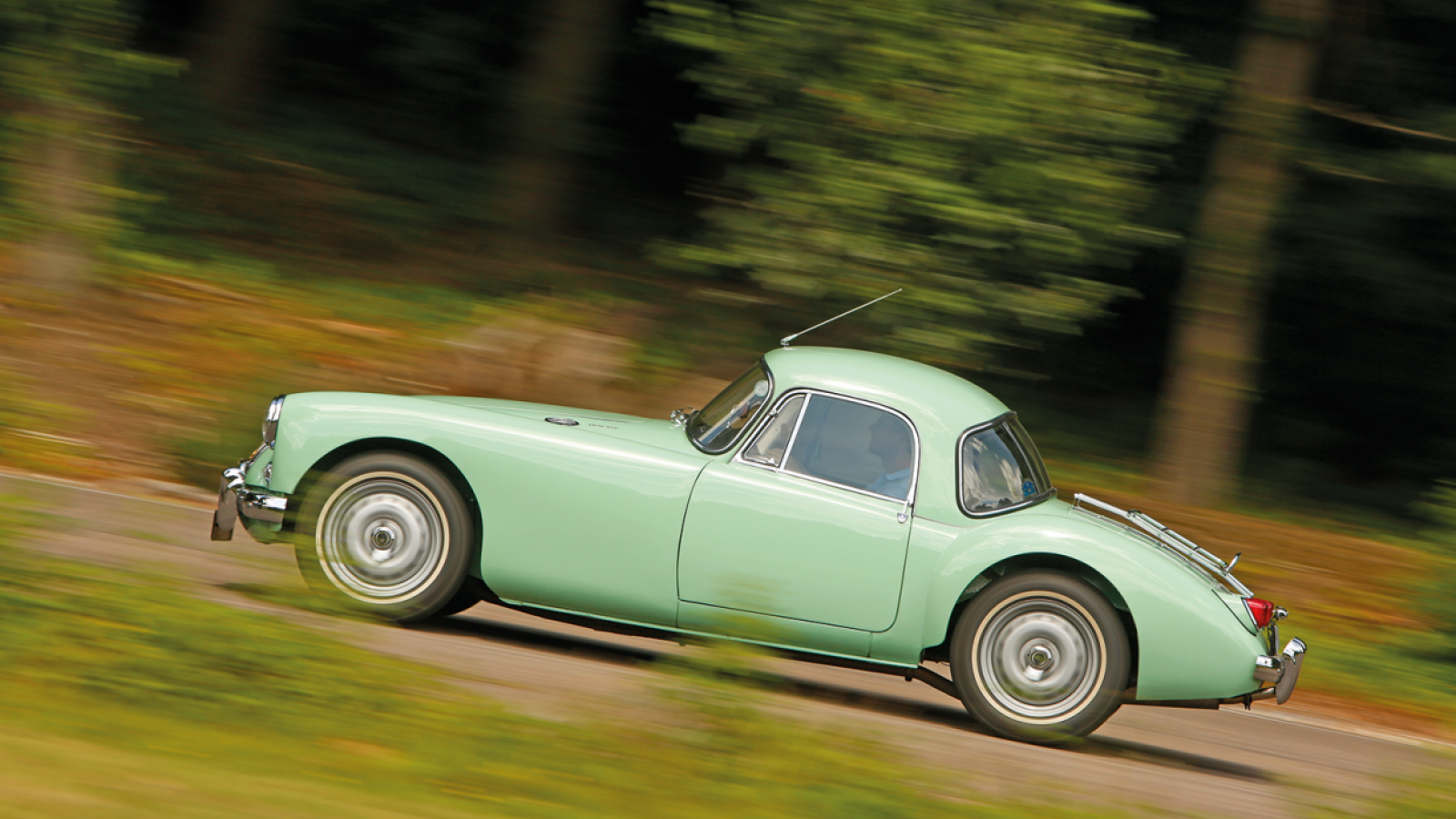 © Tony Baker/Classic & Sports Car
© Tony Baker/Classic & Sports Car -
 © Volkswagen
© Volkswagen -
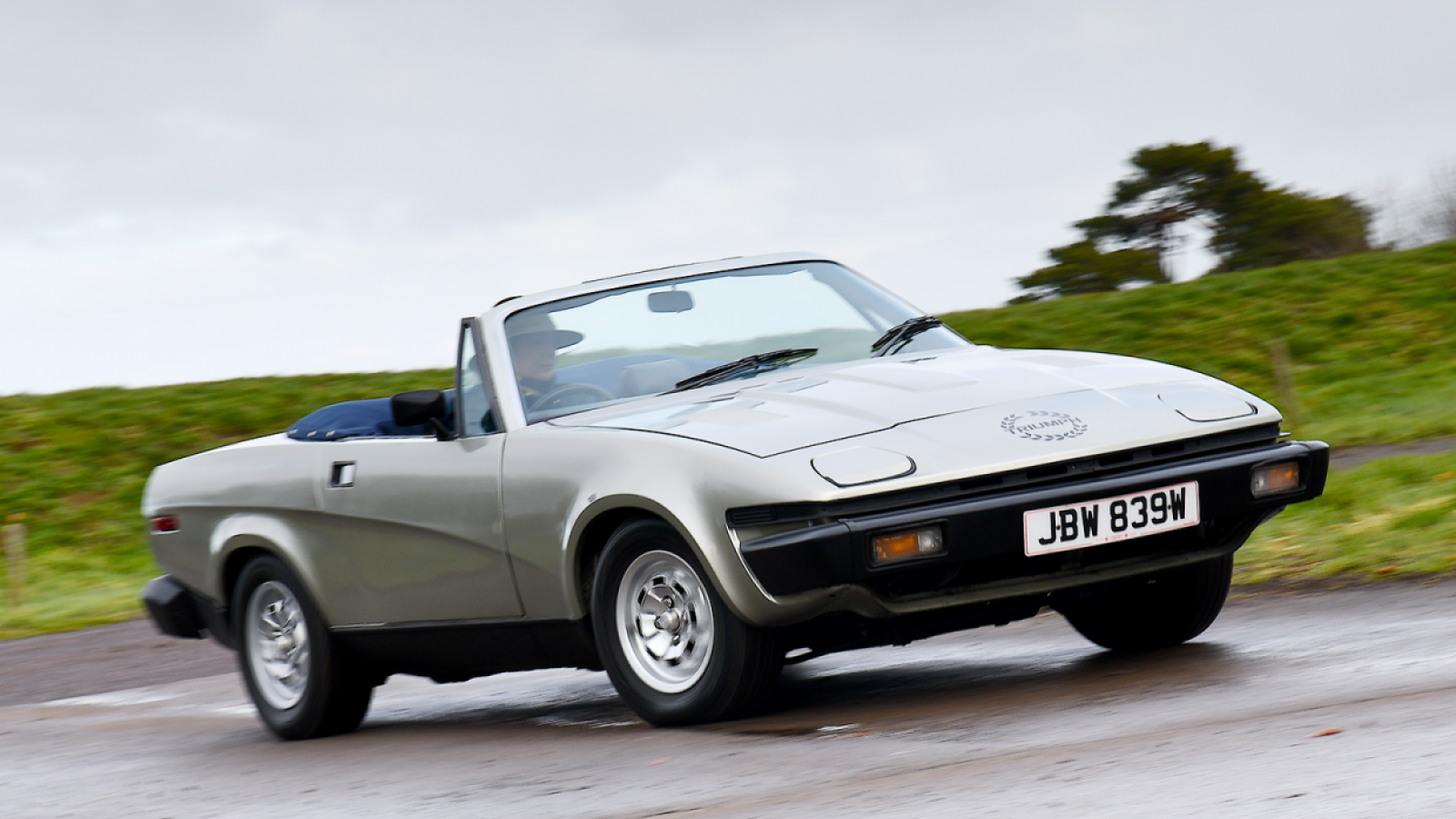 © John Bradshaw/Classic & Sports Car
© John Bradshaw/Classic & Sports Car -
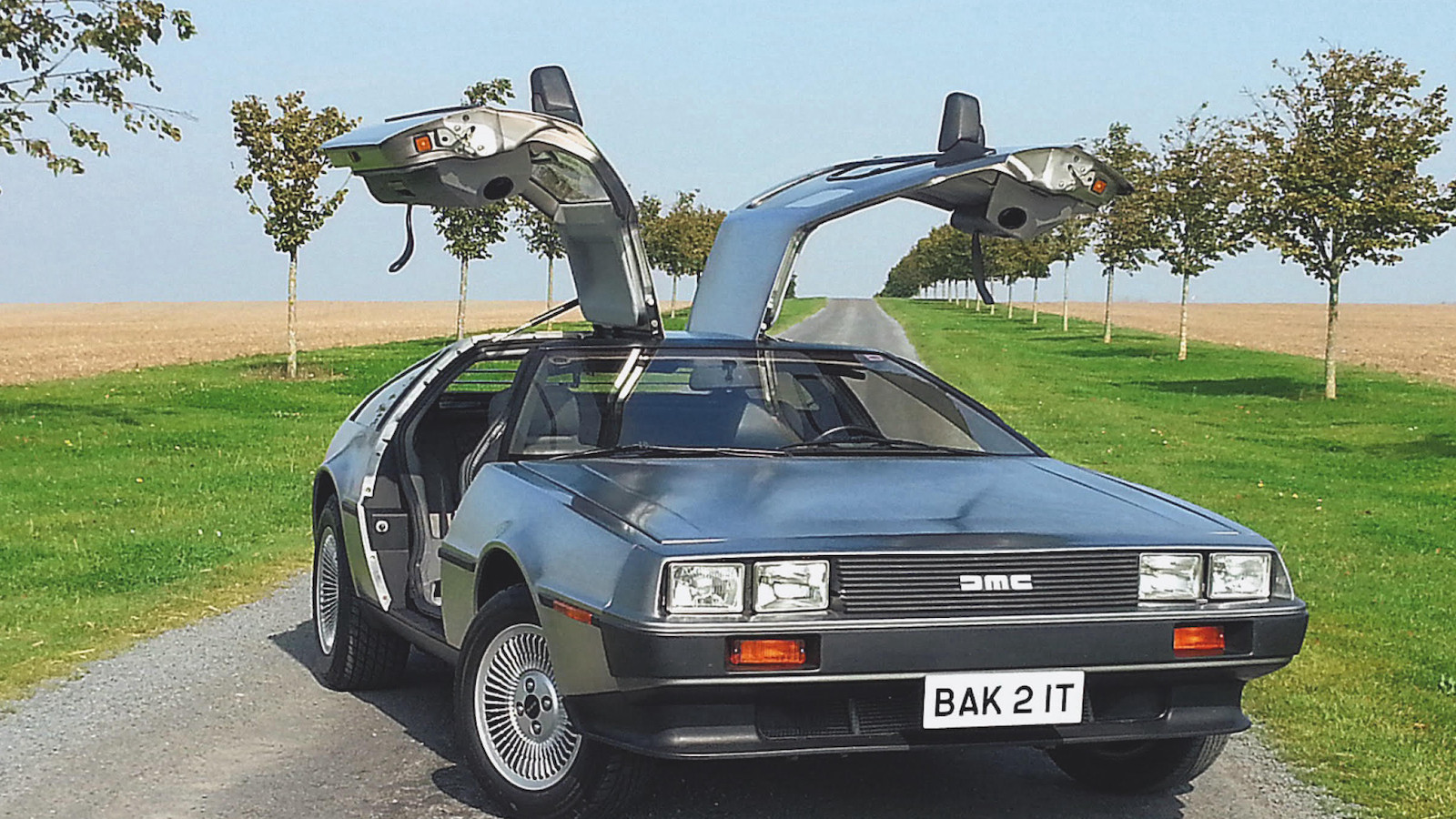 © Veloce Publishing
© Veloce Publishing -
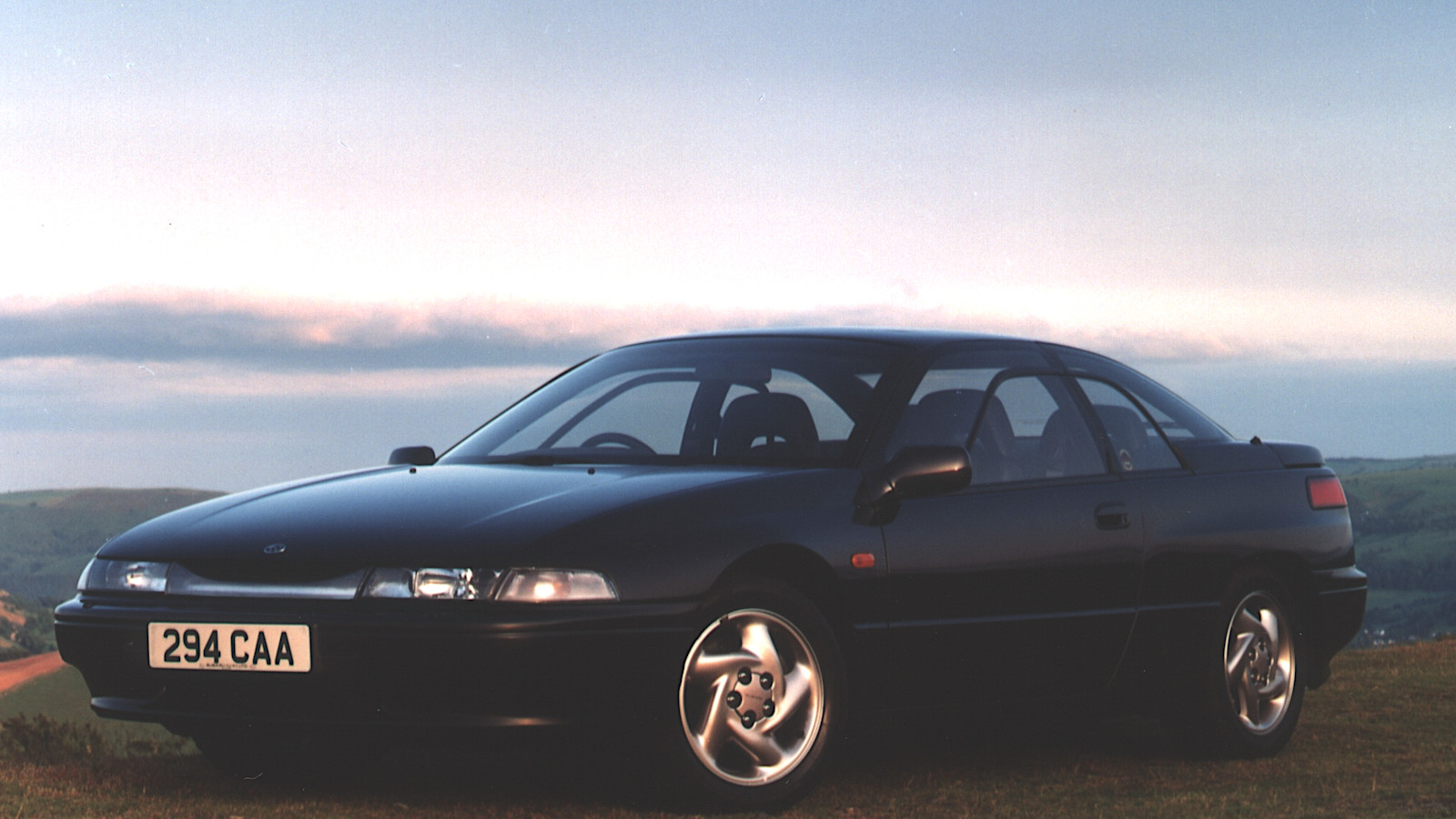 © Subaru
© Subaru -
 © Porsche AG
© Porsche AG -
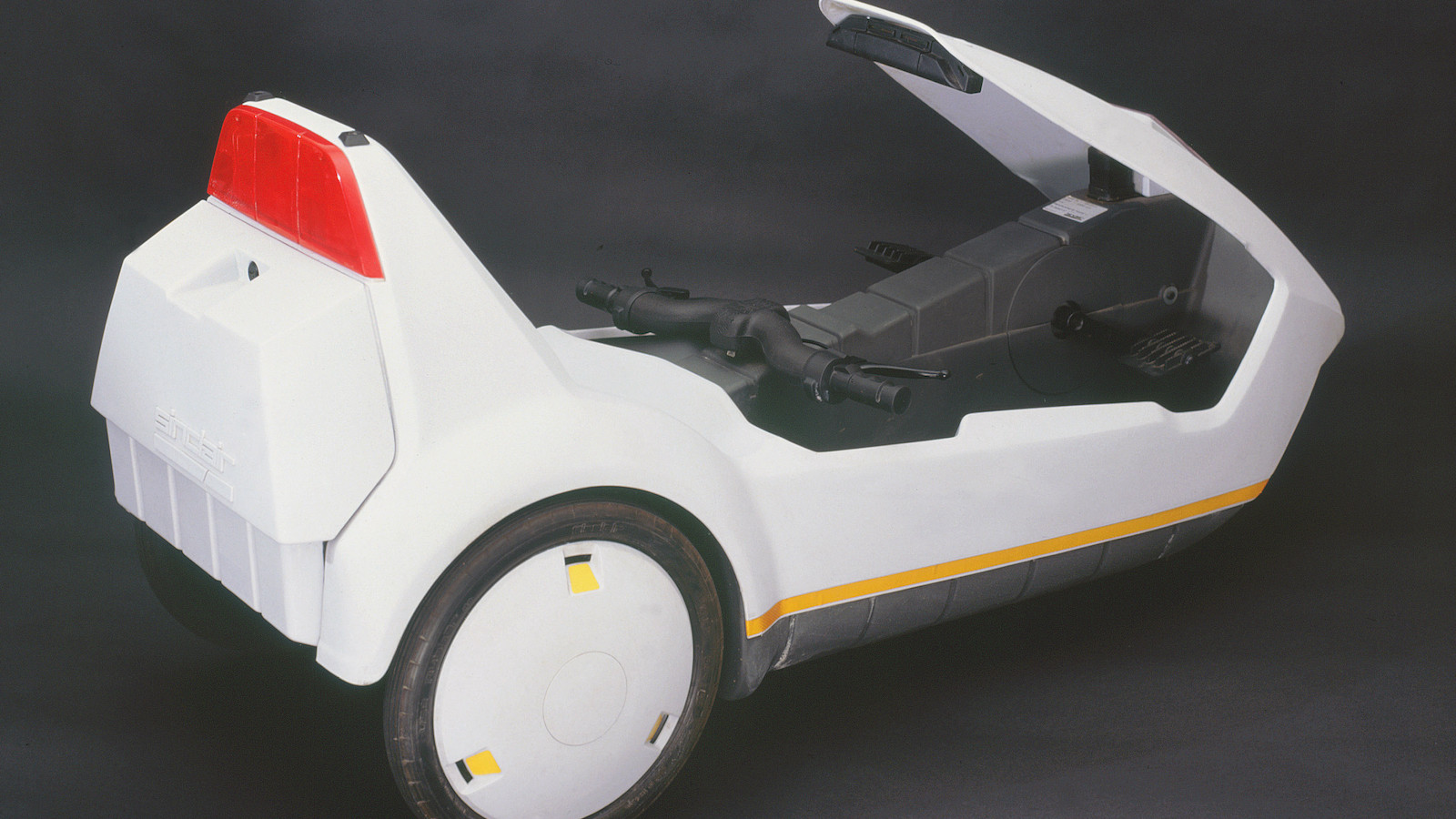 © National Motor Museum
© National Motor Museum -
 © Tony Baker/Classic & Sports Car
© Tony Baker/Classic & Sports Car -
 © Tony Baker/Classic & Sports Car
© Tony Baker/Classic & Sports Car -
 © BMW Group
© BMW Group -
 © Tony Baker/Classic & Sports Car
© Tony Baker/Classic & Sports Car -
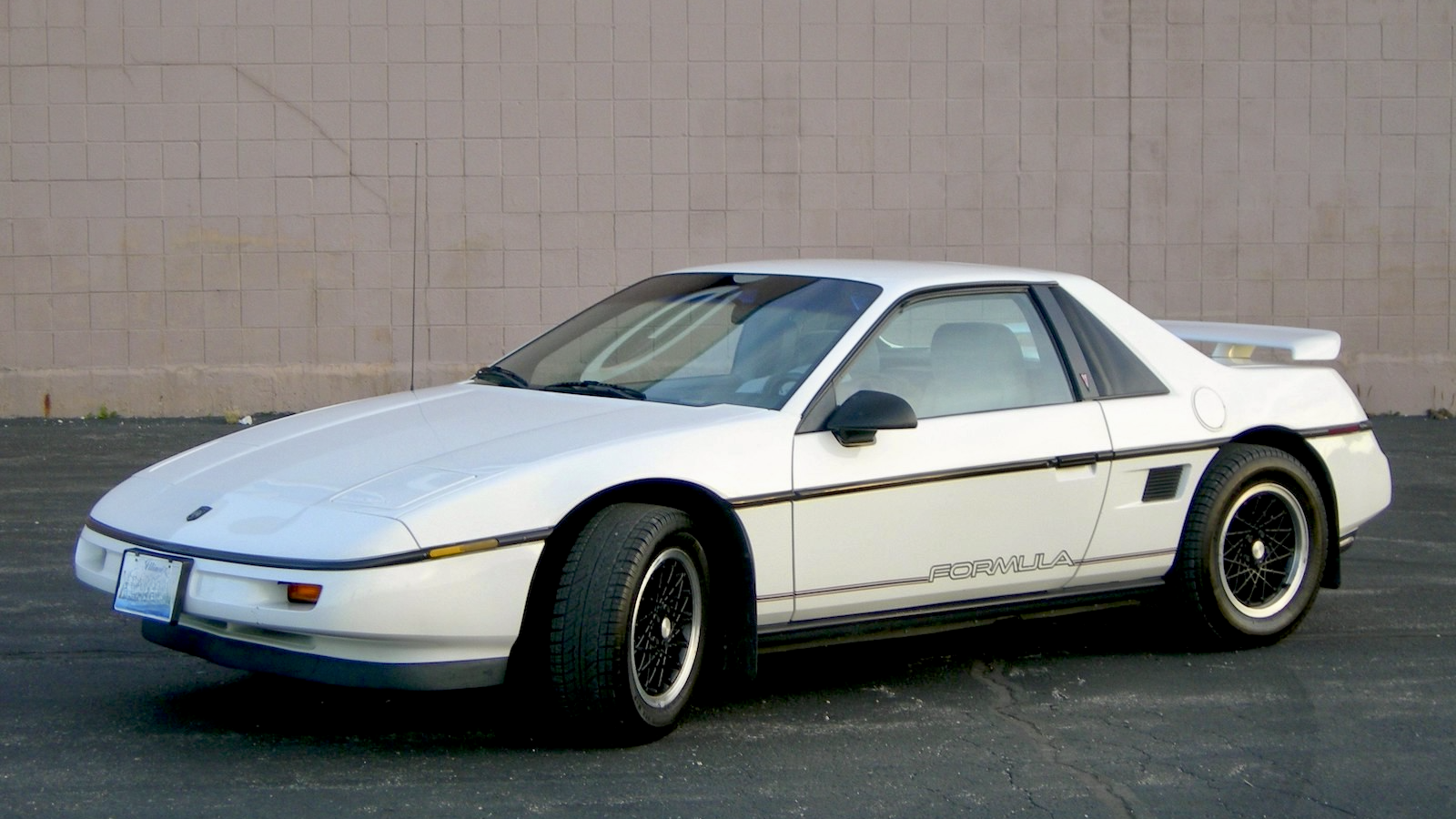 © Wikipedia
© Wikipedia -
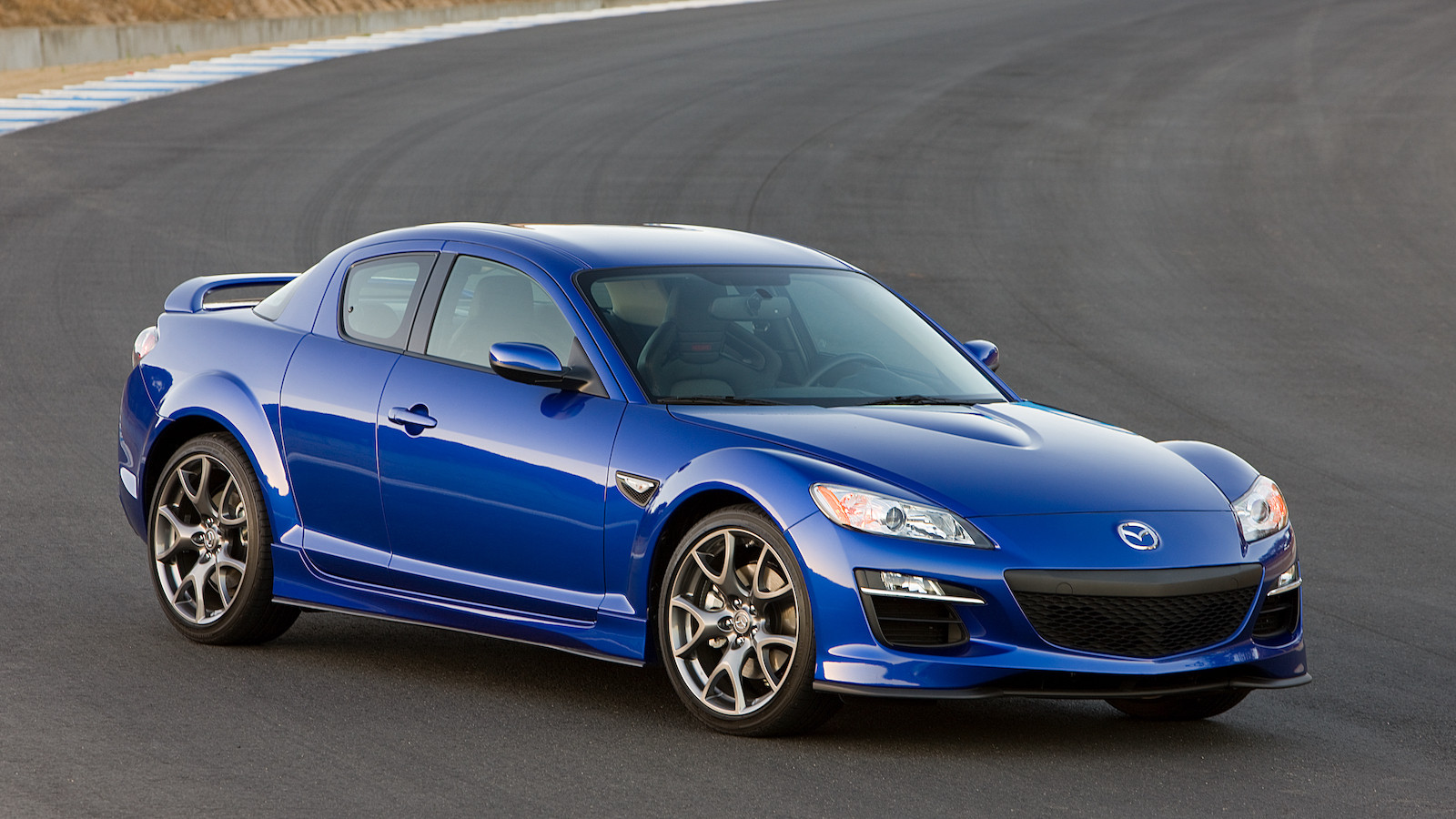 © Mazda North America
© Mazda North America
-
When car makers nearly got it right
The difference between greatness and obscurity in motoring often balances on the edge of a knife.
Sometimes it’s blatantly obvious a product will flop but, more often than not, a new model seems to have everything going for it, only for it to fall at the final hurdle.
It might be a silly error that tarnished a reputation, or an engineering bridge too far, but the good news for us today is that many of these foibles have since been cured by talented enthusiasts, leaving us with the classics we always hoped we’d got from the factory.
Here are 20 of the most promising classic cars that let us down when new, but have since found favour. And let’s make it clear from the off that we’re champions of the underdog, and love each and every one of these classics, faults and all, which have become cars to cherish.
-
1. Triumph Stag
Of course the Triumph Stag makes the list, it’s the very definition of a nearly great classic car.
The Stag looked like it would be a smash hit for Triumph when it was designed in 1966. Giovanni Michelotti had requested a Triumph 2000 from Canley for a prototype design experiment he wanted to showcase at the Geneva show.
Triumph’s Harry Webster agreed, but on the condition he was given first refusal to make the prototype into a production model. The design was a stunner and was pulled from the show and duly placed in front of Triumph’s suits, who were equally bowled over.
Looks nailed, attention turned to the engine, which is of course where the project fell off the tracks. Problems weren’t encountered during development, but as soon as the car was launched, a wave of reliability issues from timing chains losing tension and broken water pumps, to failed head gaskets and blocked waterways were all reported.
The Stag’s V8 was relatively advanced for the time and has since had many of its woes cured, but these issues were enough, back in the early ’70s, to condemn it.
-
2. Tatra V570/T77-T97
Conjure in your mind an aerodynamic 1930s family car with cute headlamp ‘eyes’, its air-cooled engine placed behind the rear wheels in a transaxle arrangement… Got it? Well, that’s not a Beetle you’re picturing, it’s a Tatra.
The Czech firm had been working on precisely this type of machine since 1933, and both Ferdinand Porsche and Adolf Hitler were big fans.
The latter wanted a new machine to populate Germany’s also-new autobahns. Austrian-born Tatra engineer Hans Ledwinka had been the driving force behind the Czech firm’s development direction since his appointment as chief designer in 1921, his work providing ‘inspiration’ for the Volkswagen Beetle.
Ferdinand Porsche was so heavily influenced in fact that the Czech firm sued Volkswagen. Hitler intervened by invading Czechoslovakia in 1938, but it only put off the inevitable, VW settling out of court post-war to the tune of DM1m.
Tatras of the 1930s were superb machines, but the wider world only knows of VW’s Beetle clone.
-
3. Hillman Imp
Taking on the BMC Mini was always going to prove a tall order, but the plucky little Imp seemed, on paper at least, to have a good chance of success.
The Rootes Group’s economy car was powered by a modified version of an innovative Coventry Climax engine, derived from a portable, lightweight fire pump used during the Blitz.
These rev-happy alloy units were placed in the back of the Imp and drove its rear wheels, which is important because cooling the engine proved to be this Hillman’s main problem.
Further issues came from Rootes’ engineers in Ryton trying to make the Imp too clever. Pneumatic throttle and auto-choke systems, as well as marginal (at best) engine cooling weren’t allowed the proper development time to make them wholly reliable before launch, leading to the inevitable impact on Mk1 Imp reliability and the car’s reputation.
Subsequent Imps were vastly improved, but it was too little too late. Fans today are myriad, however the model never got close to matching the Mini’s success.
-
4. Porsche 911 (996)
This might seem an odd choice at first…
The 996 was the first clean-sheet 911 design but, due to Porsche’s perilous financial position in the early- to mid-1990s, development costs had to be shared with the firm’s all-important entry-level Boxster.
This infamously caused a stir when the two cars were launched with effectively the same front ends, just a year apart.
Worse still, the ‘budget’ Boxster was revealed first, making the darling 911 look like the copycat. Nothing could be further from the truth, but the sports-car fan is a fickle beast.
To make matters even worse still, a mechanical issue with the new water-cooled engine was rumoured and highlighted by a later North American class action lawsuit.
An 8% failure rate of the intermediate shaft bearing (IMS), fitted to 911s and Boxsters between 2001 and 2005 was quoted, which Porsche Cars North America agreed to settle.
All this helped to somewhat unfairly tarnish the 996’s reputation, but thankfully the model is today seeing a resurgence in its fortunes.
-
5. Lotus Elite
One of many major motoring innovations to emerge from Norfolk, Colin Chapman granted the Lotus Elite the world’s first stressed glass-reinforced plastic (GRP) chassis in 1957.
GRP technology in motoring was in its infancy at the time and, other than the Chevrolet Corvette and some very low-volume manufacturers, it wasn’t really used.
Lotus therefore made the mistakes first before finessing the Elite, with the help of the Bristol Aeroplane Company.
The Elite is the second car on this list to be powered by a Coventry Climax engine, in this case the 1216cc FWE all-aluminium unit.
As you might expect for a Lotus, it shone on the race track, winning its class at Le Mans on no less than six occasions.
It’s just a shame that the first 250 cars (of 1030 made) were so bad they sullied the Elite’s reputation. In addition, it was allegedly priced so low that Lotus lost money on every one.
-
6. Ford Edsel
Perhaps the ultimate cautionary tale against the design-by-committee approach, the Edsel is a legendary automotive flop, but was the car really that bad?
The short answer is no, it wasn’t awful, it was just a model with a confused nature and lack of purpose.
FoMoCo went on a spending spree in the 1950s as Henry Ford II (the founder’s grandson) settled into the president’s role he’d occupied since 1945.
Henry Ford II hired some of the brightest talent in the motor industry and set most of them the task of introducing a new marque and model to sit between Mercury and Lincoln.
The 1958 Edsel was the result and the mess that it became was largely down to too many managers err, spoiling the broth?
Mixed metaphors aside, the car’s many advanced features were the main cause of its production problems, plus an economic recession soon meant the writing on the wall was way too hard to ignore.
The Edsel model and division were both canned in 1959, after losing Ford an estimated $250m ($2.5bn today). That front grille probably didn’t help matters, either…
-
7. Lancia Beta Coupé
The story of Lancia in the UK is a long and ultimately tragic tale.
For much of the 1960s and ’70s, Britain was the marque’s most important market outside Italy.
In 1978, Lancia was selling 11,800 cars a year in Britain, by 1993 that was down to a paltry 569, despite winning the World Rally Championship back-to-back at the time.
The crucially important right-hand-drive Delta never materialised, with the firm pulling out of RHD markets entirely in 1994.
Unfortunately, the blame for the nosedive in Lancia desirability in the UK can be levelled squarely at the Beta. Its rust protection was conspicuous by its absence, at the beginning of production, at least.
Things improved as the model matured, but sensational headlines in the British press destroyed Lancia’s reputation.
Even an extensive recall of the early cars wasn’t enough to save the day, instead leading the maker perilously close to bankruptcy. Sad, really, because the Beta, especially in coupé form, was a fun and handsome machine.
-
8. MGA Twin Cam
The MGA was a bold new sports car for the famous Abingdon concern.
The all-new MGA was fresh and fabulous and took the world by storm, especially its target American audience. One thing was deemed to be lacking, however: a high-performance derivative. Enter the Twin Cam…
A high-compression (9:9.1), double-overhead-cam, B-series engine was developed specifically for the MGA Twin Cam, which was somewhat successful.
It certainly bolstered performance, allowing an MGA so equipped to hit 60mph in just over 9 secs and top 113mph. Though reliability proved elusive, with excess oil burning and detonation causing a flood of warranty claims.
The problem was largely cured with a lower-compression (8:3.1) engine, but by that time the model’s reputation had been sullied.
Just 2111 of these exotic MGs were made, making the Twin Cam one of the car maker’s rarest models.
-
9. Volkswagen Golf VR6
The poor old Mk3 Golf has always had a mixed reputation, ever since it was launched way back at the tail end of 1991.
Despite this, more than 30 years later, there are still fans of this mould-breaking Volkswagen.
Driving enthusiasts have always been left a little underwhelmed by the third Golf’s heavier overall weight (largely without any more power), and the car’s more comfortable and civilised approach to progress.
Great leaps in quality and comfort, however, were made with this generation, paving the way for the premium Golf we know today.
For all the wallowy ride and rotund styling, most agree that there’s one redeeming model in the Mk3 Golf line-up: the VR6.
Though even here there are detractors who expect it to be a kind of super-hot hatch, as opposed to the BMW 3 Series rival VW actually produced.
The clever narrow-angle V6, with its shared cylinder head, wasn’t a new idea (Lancia did it in the 1920s), but it worked brilliantly and made one of the best noises in ’90s motoring.
The latter hasn’t changed, a VR6 at full bore still sounds epic, plus there are plenty of chassis ‘fixes’ out there, too.
-
10. Triumph TR7
Traditional TR fans were horrified by the TR7 when it arrived in 1974, clearly taking the TR range in an entirely different direction.
The ‘wedge’ style was all the rage at the time. The decision to abandon the old separate-chassis Triumph sports-car tradition hardly seems unusual, looked through this prism of ’70s fashion.
Unfortunately for the TR7, its origin coincided with some of the worst worker relations in British manufacturing history.
The Speke factory in Merseyside, where it was first produced, was regularly on strike, once for a whopping 17 weeks. Complaints about poor management and products were rife, and abysmal quality control meant early TR7s simply weren’t up to scratch.
Sadly, this destroyed the TR7’s reputation. Which was a shame, because once production moved to Coventry and Solihull, quality vastly improved, but it was far too little too late.
-
11. De Lorean DMC-12
It’s pretty hard to defend the DMC-12 merely on its qualities as a sports car.
In fact, on paper, it’s one of the least-impressive performance cars ever made, though that certainly hasn’t held it back from becoming a motoring- and pop-culture icon.
The promise of John De Lorean’s miracle machine could hardly have been greater, but global circumstances – plus the realities of car production in an area more used to shipbuilding – meant very few of the DMC-12’s original marketing promises came to fruition.
As with all the other cars on this list, however, enthusiasts have taken up the baton and endeavoured to make the DMC-12 the dream machine De Lorean always promised it would be, no doubt spurred on by its Back to the Future fame.
Someone has even made a cyberpunk-inspired, gold, twin-turbo DMC-12.
-
12. Subaru SVX
Think Subaru and you no doubt conjure images of sliding, snarling Imprezas being slung around a forest rally stage. With good reason, of course, that’s how most of us – in Europe, at least – were introduced to the brand.
But before all that, the firm dipped its toe into the high-end coupé market. Its first contender, the vanishingly rare and odd XT, made next to no impact. Its follow-up fared little better, but was a lot more interesting…
The SVX, or Alcyone as it was known in its native land, was a gorgeous, sleek coupé, penned by Giorgetto Giugiaro of Italdesign. It took some of the aircraft industry cues from the XT and ran with them, largely its fighter-jet-cockpit-style glass area.
Subaru threw a vast amount of money behind the SVX, which led to the development of a stand-alone 3.3-litre flat-six engine, which was never used in any other model. Unfortunately for Subaru, the SVX struggled to sell just 24,379 units worldwide, most of them (14,257) in the USA.
The only gearbox that could (just) cope with the EG33 engine’s torque was a four-speed auto and, unfortunately, it failed with depressing frequency.
This, and a general lack of enthusiasm from buyers at the time and since, makes the SVX something of a forgotten ’90s gem.
-
13. Porsche 924
Decades before the Boxster reintroduced a starving Porsche to the yummy profitability of entry-level sports cars, the VW-co-developed 924 was doing the same thing, but for a slightly different reason.
Volkswagen and Porsche have had a close working relationship ever since the designer of the Beetle (Ferdinand Porsche) decided to go his own way.
Several joint ventures sold well for both firms, including the 912 and 914, so it made sense to repeat the exercise with the 924.
Oil-crisis fears and realities in the 1970s meant sports-car makers needed more efficient machines than the traditional big-engined fare.
The 924 was designed by Porsche, but would make use of VW’s parts bin and staff; the latter based at the old NSU plant in Neckarsulm.
Though a superb chassis balance was achieved – via a rear transaxle, which was fed power from a 2-litre Audi engine up front via an innovative torque tube – power certainly wasn’t high on the 924’s list of priorities.
If we gloss over the even-slower US cars, even in European tune, the engine was only good for 0-60mph in an underwhelming 9.6 secs.
Handling was superb, of course, with power figures improving as the model progressed, but early 924s were a little limp. The 924 turbo and 944 that followed, however, were vast improvements.
-
14. Sinclair C5
Most of us would have struggled to predict the mass EV adoption we’re currently seeing 10 years ago; Sir Clive Sinclair anticipated it four decades ago.
The tech genius and inventor had a keen interest in electric vehicles and saw battery technology as a logical direction for the motoring industry to head in.
He was right, too, he was just a few decades ahead of the curve when he launched his ill-fated Sinclair C5 in 1985.
It’s easy to mock the little C5 for its looks and feeble performance but, in 1985, very few people were thinking of battery technology in terms of transport.
A milk float was probably the only electric-powered vehicle you’d see on the road, yet Sir Clive envisioned a future where we’d all be whipping about in smooth and silent electric commuter trikes.
Technology of the time meant that the C5 was limited to an ambitious top speed of 15mph and a 20-mile range, plus users had to resort to the built-in pedals when negotiating anything but perfectly level ground.
The C5 was seen more as a gimmick than a transport revolution but, nonetheless, the idea was a good one, if not its execution.
-
15. NSU Ro80
The car that forced the innovative German auto maker NSU into the arms of Volkswagen was nothing if not bold.
NSU was determined to produce a world-beating saloon, which it achieved in 1968, but it wasn’t to last. After being awarded Car of the Year, the fateful decision to power the Ro80 with a Wankel engine would come back to haunt its maker.
To its credit, the Ro80 had been styled by NSU’s chief designer Claus Luthe, who would later create some of BMW’s best-looking machines.
It wasn’t just pretty, either, the Ro80’s shape had an excellent (for the time) 0.35Cd drag coefficient, which allowed it to top 112mph, from just a 995cc displacement engine.
It was front-wheel drive, too, in an era when competitors were almost exclusively driving the other end. There was even a clever vacuum-operated clutch system for the Ro80’s semi-auto transmission. In essence, it was clever to a fault.
NSU had been building cars since the turn of the 20th century, but was better known for its two-wheeled output. The Ro80 was designed to place NSU among the top tier of automotive manufacturers.
Instead, premature wear of the engine’s rotor tips and subsequent warranty claims – sometimes total engine failures at as little as 15,000 miles – crippled the company.
Audi, NSU and the old Auto Union remnants merged in 1969, all coming under the Audi banner and effectively killing NSU in the process.
Oh, and to add insult to injury, Audi’s sales line of ‘Vorsprung durch Technik’ was actually lifted from a 1971 NSU ad for the Ro80.
-
16. Aston Martin Lagonda
Aston Martin had bought Lagonda in 1947, but a model bearing that other famous British luxury firm’s name wouldn’t appear until the Rapide of 1961.
There was then another long wait until 1976, when the Lagonda moniker once again graced a luxury model. To be strictly accurate, there had been a Series 1 Lagonda, but this only lasted in production for a year from 1974, before the wedge-shaped wonder we all associate with the name arrived.
If you think vast and fast four-door luxury cars are a modern invention, you’d be very wrong. They weren’t even that unusual when the Lagonda first appeared at the ’76 London Motor Show. By 1980, Newport Pagnell’s finest was facing stiff competition from the likes of the Rolls-Royce Corniche, Ferrari 400 and Maserati Kyalami, though none of those could boast solid-state digital dashboards.
Luxury was of course paramount for Lagonda buyers and technology went hand in hand. As well as a sumptuous leather-trimmed cabin, the real wow factor came from those notorious digital dials, which drew a lot of attention to Aston Martin, especially from wealthy Middle Eastern clientele, which might just have justified the outlay.
It’s estimated the development cost for that tech alone was four times what the rest of the car cost to produce. Which might have been worth it, if it all actually worked as intended, which it seldom did.
-
17. BMW 507
How can one of the most beautiful machines ever made be on this list?
Not only is it famously good-looking, but the BMW 507 was also one of Elvis Presley’s favourite cars. The King loved his so much he shipped it home after being posted in Germany during his Army service.
The 507 was created after influential New York sports-car importer Max Hoffman noticed a gap in the market between cut-price funsters like MGs and Triumphs, and the outright pace and opulence of the Mercedes-Benz 300SL Gullwing. BMW took the bait and aimed its new-for-1956 V8-powered 507 squarely at rich Americans.
When hoping to muscle into a market just beneath the 300SL, perhaps unsurprisingly BMW pulled out all the stops when making the 507. The quality of build and materials was a bar above what the Munich firm had been used to – and it certainly didn’t come cheap…
Hoffman predicted the 507 would need to sell at around $5000 with 5500 made per year, instead BMW only sold 252 in total, mainly because it needed to price the 507 at $10,500 just to break even.
It nearly bankrupted BMW.
-
18. Daimler SP250
The uniquely styled Daimler SP250 (or Dart before Dodge got the hump) was a last-ditch effort from an independent Daimler to avoid a Jaguar takeover.
The booming British sports car export market was keeping many a traditional maker awash with much-needed dollars in the aftermath of WW2 – and Daimler wanted a slice of the American pie.
Unfortunately, Daimler in the 1950s was best-known for making fairly frumpy saloons and that was before the disastrous launch of the ‘Dart’ at the 1959 New York motor show, where it was unofficially labelled the ugliest car at the event and Daimler was threatened with legal action for that aforementioned name. Not the best of starts…
Early production SP250s were known for chronic chassis flex, which overruled the good work that had been done by fitting four-wheel disc brakes and a hemi-head V8 engine.
Despite its best efforts to remain independent, Jaguar took over the reins at Daimler in 1960 and promptly set about righting many of the SP250’s wrongs. Things improved dramatically with chassis strengthening, and improvements in trim and fixings.
Various police forces around the UK used SP250s for a variety of roles, although that was a long way from the Californian coast cruisers Daimler had originally envisioned.
-
19. Pontiac Fiero
If internet lore is to be believed, which we all know it’s not, this mid-engined Pontiac is one of the most appropriately named cars in history, the Fiero having a penchant for self-immolation. The only problem is, Fiero doesn’t actually mean fire, it’s Italian for proud/fierce.
The Fiero would arise from the ashes (pun intended) of fuel-crisis-spooked Detroit in the late 1970s. Just as Porsche had done with the 924, Pontiac gave the Fiero the green light with the understanding that it would be an economy car first, a sports-car second.
Unlike Porsche, however, Pontiac had very little experience at the time making neat-handling sports cars, especially ones with their engines in the middle.
Innovation was found in every aspect of the Fiero’s design from its machine-made precision chassis to its plastic body panels, but what was very nearly a great car was let down by those aforementioned fuel-consumption considerations, with a heavy, underpowered four-cylinder engine.
Worse was still to come. Allegedly, one in five launch-year (1984) Fieros caught fire. There was a mass recall with numerous causes found.
By 1988 all the issues were sorted, plus a new $30m suspension was added, so the Fiero now drove as well as it looked. Sadly, it wasn’t enough to save the model.
-
20. Mazda RX-8
The second rotary-powered car on our list will perhaps come as no surprise to most. These innovative powerplants need fairly specific care and if their requirements aren’t met, some inherent problems lead to failures.
The RX-8 was a stunning-looking four-door coupé that replaced the RX-7 in 2003. At its heart was a near all-new rotary engine dubbed Rensis.
Effectively a heavily revised 13B, the new motor suffered from the same issues as any other rotary, namely high oil and fuel consumption, and seal wear leading to low compression.
RX-8s were also recalled for a suspension problem with the lower balljoints and some insulation flaking, as well as fuel leaks, all of which improved dramatically as production continued.
Together with the engine’s special characteristics, the RX-8 gained an unwelcome and slightly unfair reputation for poor reliability. The truth, as ever, is that properly cared for examples that have received the recall revisions and enthusiast care are perfectly reliable.
They aren’t cheap to run, however, but many owners think the extra effort is well worth the RX-8’s rotary rewards.
